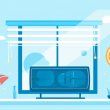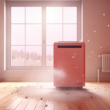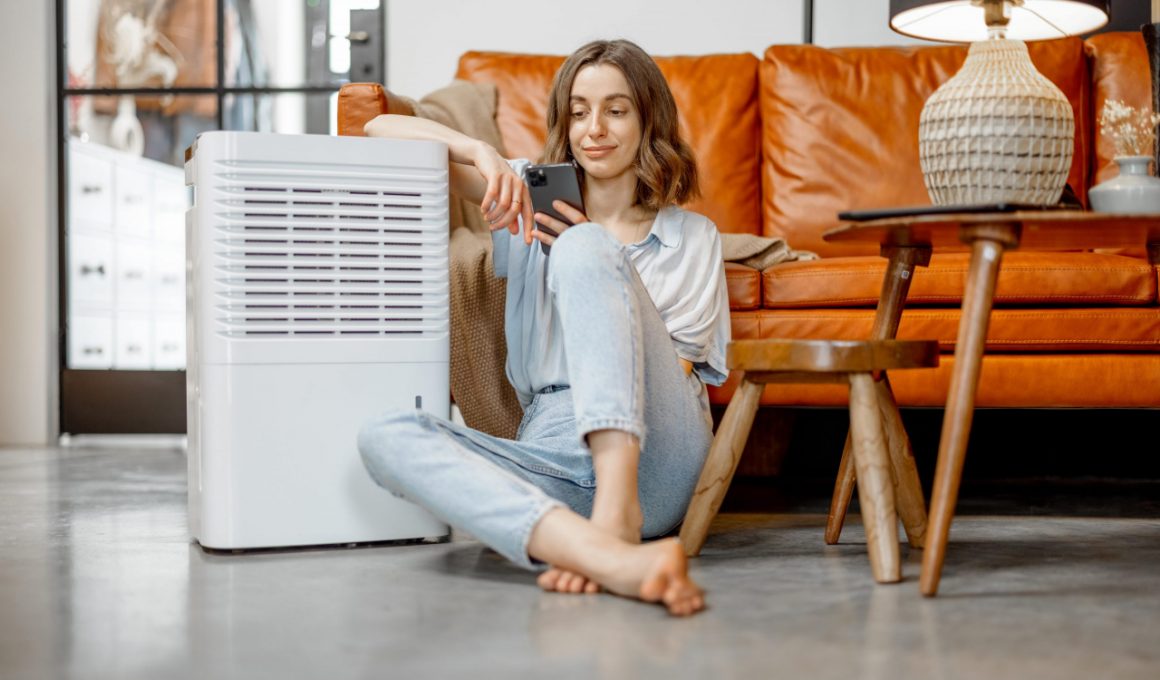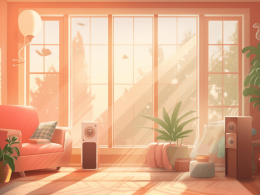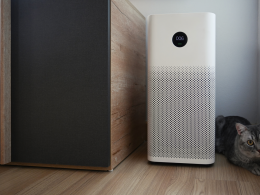Air purifiers have become the newest trending home item in the modern healthy lifestyle culture. These devices are becoming more and more popular every day, which means that the need for information about them is also increasing.
One of the main things you should know about them is how long to run an air purifier, and we’ll explain that below.
How Do Air Purifiers Work?
The concept of having fresh air in your room all the time is appealing, but how do these devices exactly work?
Basically, air purifiers are devices that purify the air in your room. This air then goes through one or more filters of different types of materials. These filters trap harmful particles, pollutants, and bacteria, thus, purifying the air before releasing it into your living environment again.
How Much Does It Cost To Run an Air Purifier?
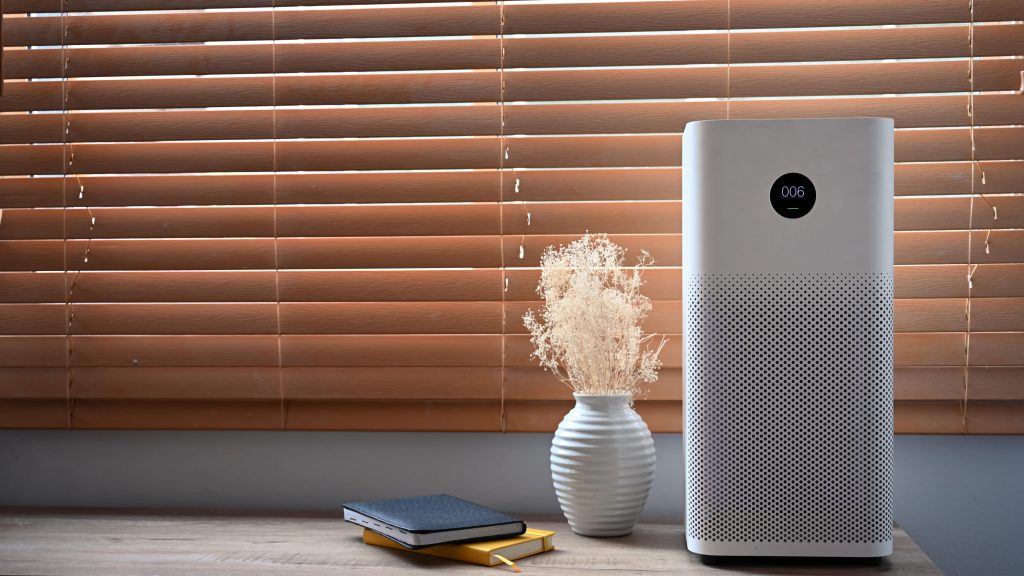
Besides providing an essential service, air purifiers are also not high-cost electronic devices. However, their electricity usage will depend on many different factors.
First are the size of the air purifier and its fan. As larger devices tend to be more powerful, they also increase usage costs. Other factors that influence the cost of usage include the type of filters that the device uses and the size of the room in which the device will run.
With all these factors in mind, you probably wonder what the average cost is. The average air purifier consumes approximately 0.81 kWh of electricity daily when actively used and 0.14 kWh in standby mode. Depending on your area’s electricity cost, the air purifier’s cost varies, but it’s generally considered a low-cost device.
How Long Should You Run Your Air Purifier For?
Similar to running costs, how long should you run your air purifier also depends on several factors, including the purifier itself. Moreover, you should also consult the guidelines given by the air purifier manufacturer to conclude the time you will need to run your air purifier. For HEPA filter air purifiers, some state health departments recommend a 24-hour use because of their totally harmless and eco-friendly features. For other types of filters, recommendations vary.
Is it safe to run it all the time?
As we mentioned, for most purifiers, a 24-hour running time is not only safe and allowed but even recommended. However, air purifiers that utilize electrostatic precipitators, ionizers, UV lights without adequate lamp coatings, and plasma air cleaners have the potential to emit Ozone – an inorganic gas that is harmful to the lungs.
Therefore, when using these types of air purifiers, it’s important to consult the manufacturer or see the Association of Home Appliance Manufacturers’ list of approved safe air purifiers. In addition, the Environmental Protection Agency also doesn’t approve the use of Ozone generators that are sold as air cleaners.
Should you open your window while your purifier is on?
For an air purifier to run as efficiently as possible, all windows need to be closed. Since many air pollutants and microbes come from outside, leaving the windows open will be counter-productive for room air purification. This is especially important in areas with high air pollution, such as industrial zones or areas near wildfires.
Do air purifier settings impact its runtime?
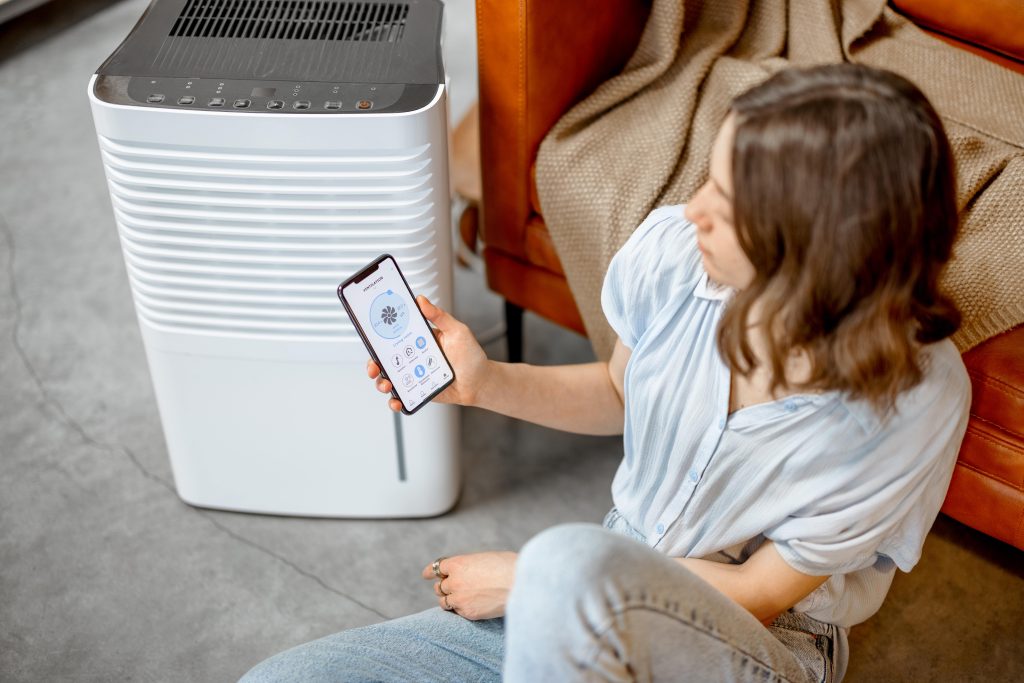
Air purifier settings heavily influence its runtime and efficiency. Among these settings, the most important is the fan speed, which determines how much air circulates in the device every hour. Therefore, regulating the fan speed will help you determine how long to run an air purifier.
Factors that Influence Air Purifier Runtime
Several factors influence the performance of air purifiers. These are some of them.
Size of the room
The room size you intend to use the air purifier is very important. A low-powered air purifier running in a large room will mean fewer air changes per hour (ACH) and increased runtime. Therefore, before buying an air purifier, you should consult the manufacturer-given specifications about the room size that specific air purifier device is appropriate to use.
Air purifiers’ filter conditions
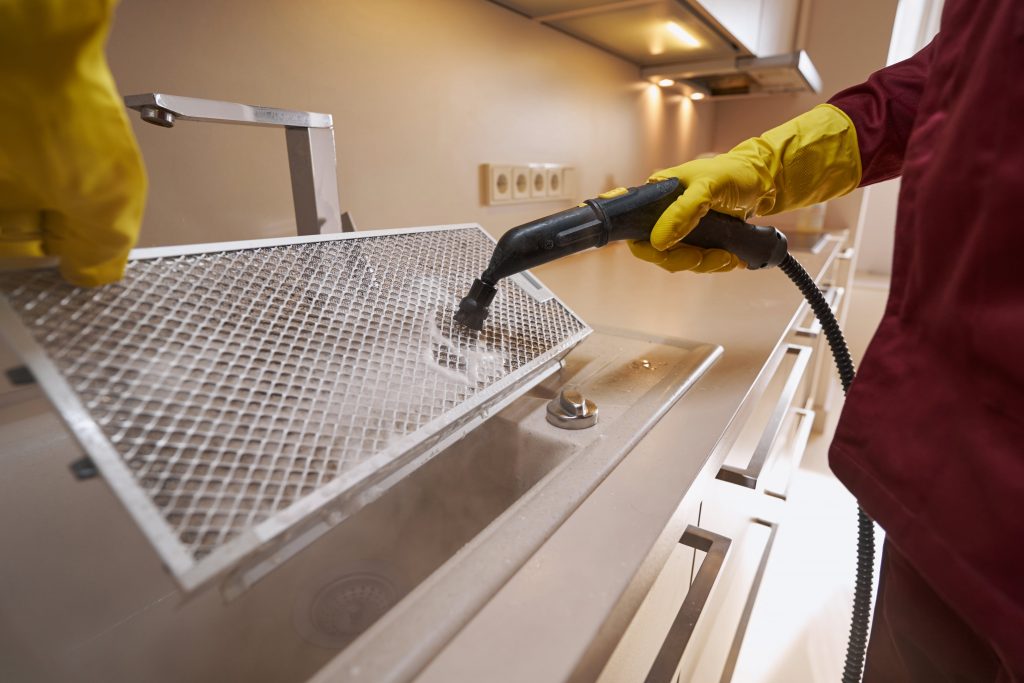
In order to increase runtime efficiency, the air purifier’s filters must be maintained in optimal conditions. Depending on the types of filters that your air purifier uses, maintaining them will mean either cleaning or washing them.
Filter conditions are essential because a purifier with clogged or overused filters won’t be purifying pollutants and microbes entirely; therefore, the circulated air will still be delivered polluted even after completing an air change cycle.
Your device’s clean air delivery rate (CADR)
The air purifier’s clean air delivery rate (CADR) gives information about the average room size in which the device is designed to operate. That’s why you must consult the manufacturer’s guidelines about the device’s capabilities regarding the size of the room.
It’s preferable to choose an air purifier with a CADR rate of at least ⅔ of the room’s size. So, for example, if your bedroom is 150 square feet, you should choose an air purifier with a CADR of at least 100. In addition, the CADR to room size rate will also determine the air changes per hour (ACH) that will occur in the room.
Conclusion
Air purifiers can be a commodity or a necessity depending on the air quality of the environment around you. However, climate change and industrial complexes have contributed to air purifiers becoming a necessity in many areas worldwide.
As these products become widespread, so does the need for information regarding the best practices in using air purifiers. This article gave an overview of the time you will need to keep your air purifier running. Hopefully, through this information, you will be able to make the best use of your air purifier and improve the air quality in your home.



